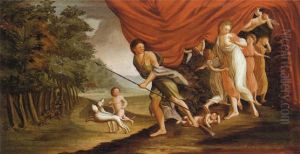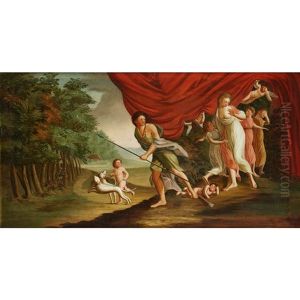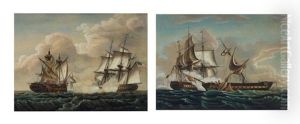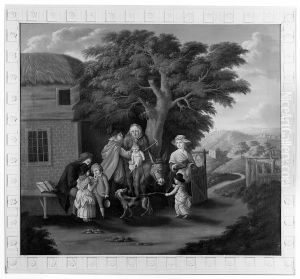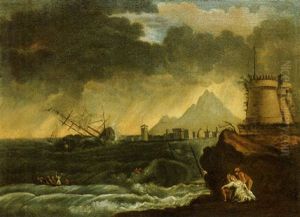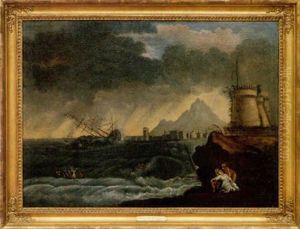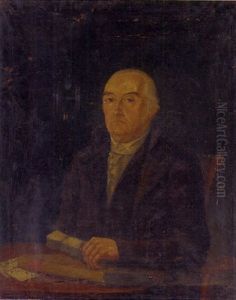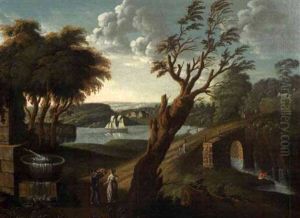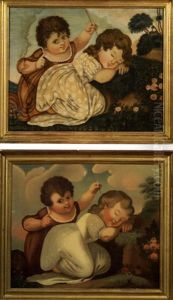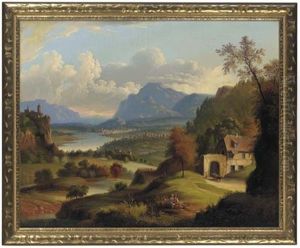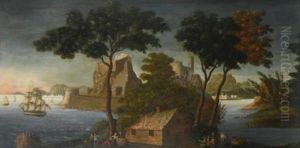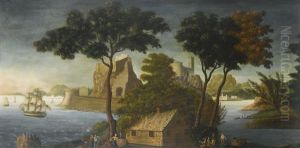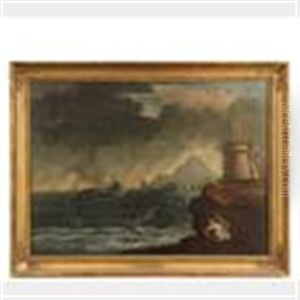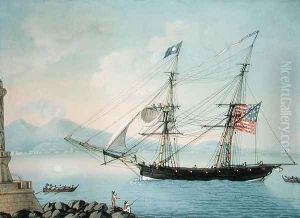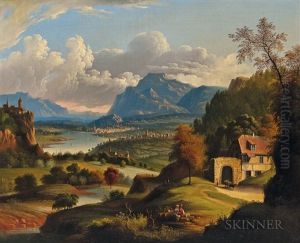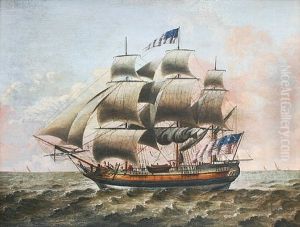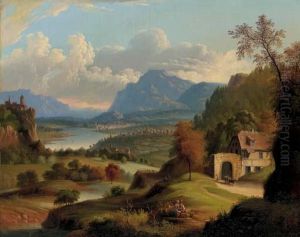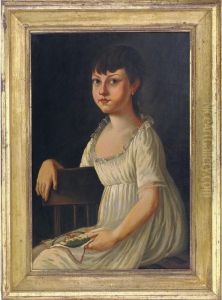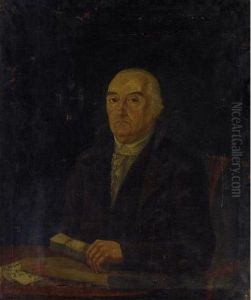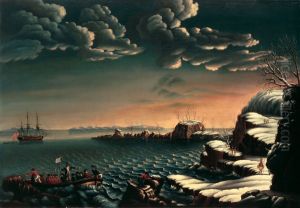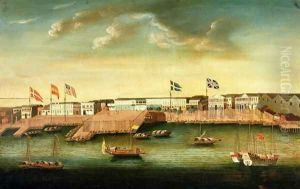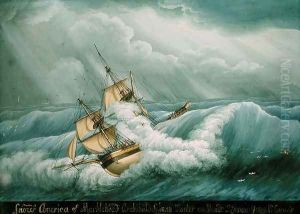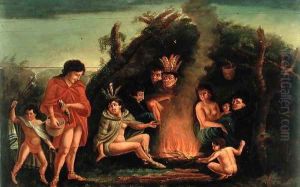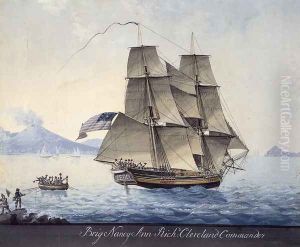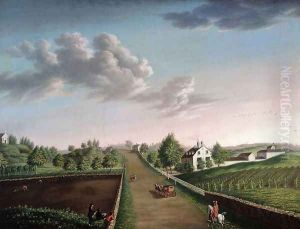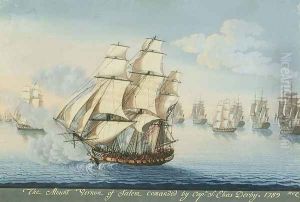Michele Felice Corne Paintings
Michele Felice Cornè was an Italian-born painter who achieved prominence in the United States, specifically in the New England region. Born in Elba, Italy, Cornè's early life and initial art education are not extensively documented, but it is known that his artistic journey began in his homeland. He moved to the United States in the late 18th century, around 1799, after spending some time in Naples, where he was influenced by the vibrant art scene.
Cornè settled in Newport, Rhode Island, which was, at the time, a bustling seaport and a hub for trade and commerce. This environment provided him with ample opportunities to engage with maritime subjects, which became a significant theme in his work. Cornè is credited with being among the first to introduce the luminous and picturesque aspects of the Italian landscape tradition to American art, particularly through his depictions of seascapes and naval battles.
His contribution to the American art scene was not limited to seascapes; Michele Felice Cornè was also known for his still lifes, portraits, and, notably, his work on decorative arts. He painted murals and designed interiors for prominent buildings and homes in Newport and beyond. His versatility as an artist was evident in his ability to adapt to various subjects and mediums, which helped him to maintain a successful career in the United States.
One of his most notable commissions was a series of paintings for the U.S. Navy, depicting significant naval battles of the Barbary Wars and the War of 1812. These works were celebrated for their accuracy and vibrancy, capturing the heroism and intensity of these naval confrontations.
Cornè's influence extended beyond his immediate artistic contributions. He played a role in the cultural and artistic development of New England by teaching and mentoring young artists, thus helping to lay the groundwork for future generations of American painters. His legacy is preserved in the collections of various American museums and institutions, where his works continue to be studied and admired for their historical significance and artistic merit.
Michele Felice Cornè's death in 1845 marked the end of a career that spanned over four decades in America, during which he witnessed and contributed to the evolving American art scene. His life and work exemplify the transatlantic exchange of ideas and techniques that enriched the cultural landscape of the early United States.
